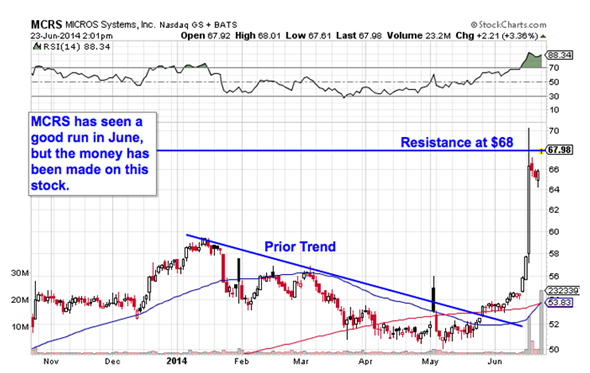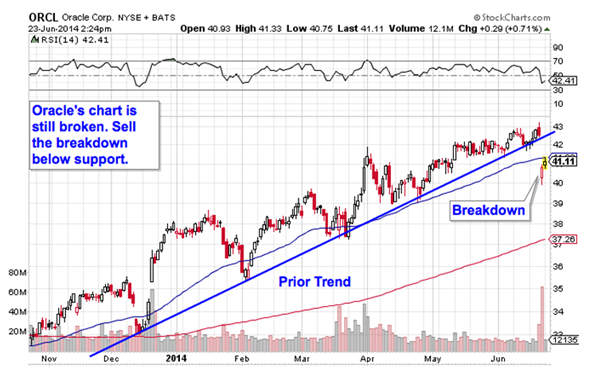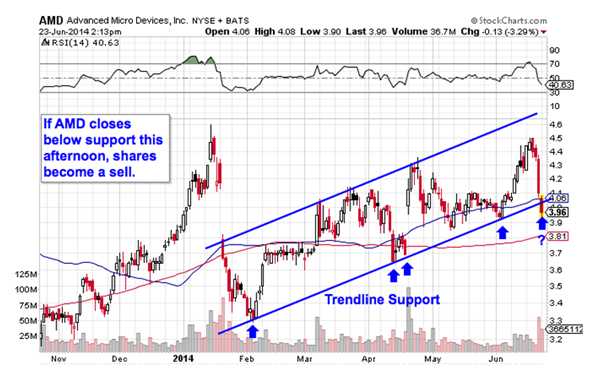Are social media ads on sites like Facebook and Twitter effective? Gallup doesn't think so.
For businesses that want to expand their reach in the modern world, social media seems a logical place to start. But a new poll by research firm Gallup says these businesses are wasting their time.
In a new research report titled "The Myth of Social Media," Gallup begins by describing the perceived opportunity, noting that Facebook (NASDAQ: FB ) users post 4.75 billion items of content each day. Meanwhile, Twitter (NYSE: TWTR ) users on a daily basis send 400 million tweets, Instagram users "like" 1.2 billion photos, and YouTube viewers watch an incredible 4 billion videos. As a result, Gallup said U.S. companies just last year collectively spent $5.1 billion on social media advertising.
Gallup's argument sounds reasonable
However, Gallup said a whopping 62% of the 18,525 U.S. consumers it polled insisted social media has "no influence at all" on their purchasing decisions. By comparison, just 5% stated it has "a great deal of influence," 30% cited "some influence," and the remaining 3% weren't sure what to think.
The problem, Gallup said, is that "most consumers aren't visiting social media sites to engage with brands -- they are there to interact with people they know." Specifically, when asked their reasons for social media use, 94% answered "To connect with friends and family." By comparison, only 29% cited following trends or finding product reviews and information, and just 20% wanted to "comment on what's hot or new" or to write reviews of products.
That sounds fair enough. It is called "social" media, after all, and Facebook CEO Mark Zuckerberg has repeatedly outlined his ambitions of "connecting the world" through his platform. And, to our fickle market's dismay, those ambitions often come at the expense of near-term profitability.
Here's why it doesn't add up
However, a Facebook representative wasted little time chiming in with this: "The only thing this poll shows is that self reported behavioral data is unreliable. For decades, studies that look at people's actual, real-world behavior have shown that ads on all mediums, including social media, effect the things people buy."
I'm with Facebook on this one, and here are three reasons why:
1. Consumer, meet restraint bias
First, have you ever heard of restraint bias? It's the tendency to overestimate our ability to control impulsive behavior. Fellow Fool Morgan Housel touches on how restraint bias affects investors here. But whether consumers admit it or not, restraint bias also plays a huge role in advertising. And, as a collective group, we consumers tend to think we're much better at resisting the allure of advertisements than we really are.
2. Gallup's own generational data
Even so, have a look at this table, taken directly from Gallup's own report and titled "Influence of Social Media on Purchasing Decisions, by Generation."
| Millennials | 48 | 43 | 7 |
| Generation X | 57 | 34 | 7 |
| Baby Boomers | 68 | 26 | 4 |
| Traditionalists | 75 | 16 | 3 |
You might be tempted to respond to the data with a "Duh." But keeping in mind Gallup's 62% "no influence" stat, consider its broader implications. Gallup's poll only took into account consumers aged 18 and over, and there's a clear trend of younger consumers being more amiable to the effectiveness of social media ads.
This makes perfect sense considering these younger consumers are, by and large, much more comfortable than other groups with social media platforms. Compared to older generations, it's also no mystery that they comprise a larger percentage of the overall user base for burgeoning sites Facebook and Twitter. As today's youth age, it seems reasonable to assume their comfort in accepting social media as a viable ad medium will carry forward.
3. Improving ad platforms
Finally, consider that Gallup's poll was conducted from Dec. 12, 2012, to Jan. 22, 2013. Why does this matter? Because social media sites have gone to great lengths since then to continuously improve the effectiveness of their respective advertising platforms.
Twitter's "Tailored Audiences" product, for one, was only introduced in December 2013, and aims to drive better performance for advertisers by letting them target specific groups of existing and potential customers with more relevant ads.
To Gallup's credit, Facebook formally launched its own equivalent solution -- dubbed "Custom Audience" -- in September 2012, just a few months before Gallup's data collection efforts began. However, Facebook has revamped and expanded its Custom Audience tools several times since then, causing many big-name advertisers that had previously abandoned social media ads to dive back in.
Foolish takeaway
At first glance, Gallup's poll seems to frame a solid case against the effectiveness of social media advertising. But when you dig deeper into the holes created by consumers' own biases, Gallup's generational data, and the fact that social media platforms are continuously improving their advertising skills, the pollster's stated conclusion just doesn't hold water.
Warren Buffett: This new technology is a "real threat"
Social media isn't the only disruptive tech growing its influence. At the recent Berkshire Hathaway annual meeting, Warren Buffett admitted this emerging technology is threatening his biggest cash-cow. While Buffett shakes in his billionaire-boots, only a few investors are embracing this new market which experts say will be worth over $2 trillion. Find out how you can cash in on this technology before the crowd catches on, by jumping onto one company that could get you the biggest piece of the action. Click here to access a FREE investor alert on the company we're calling the "brains behind" the technology.


